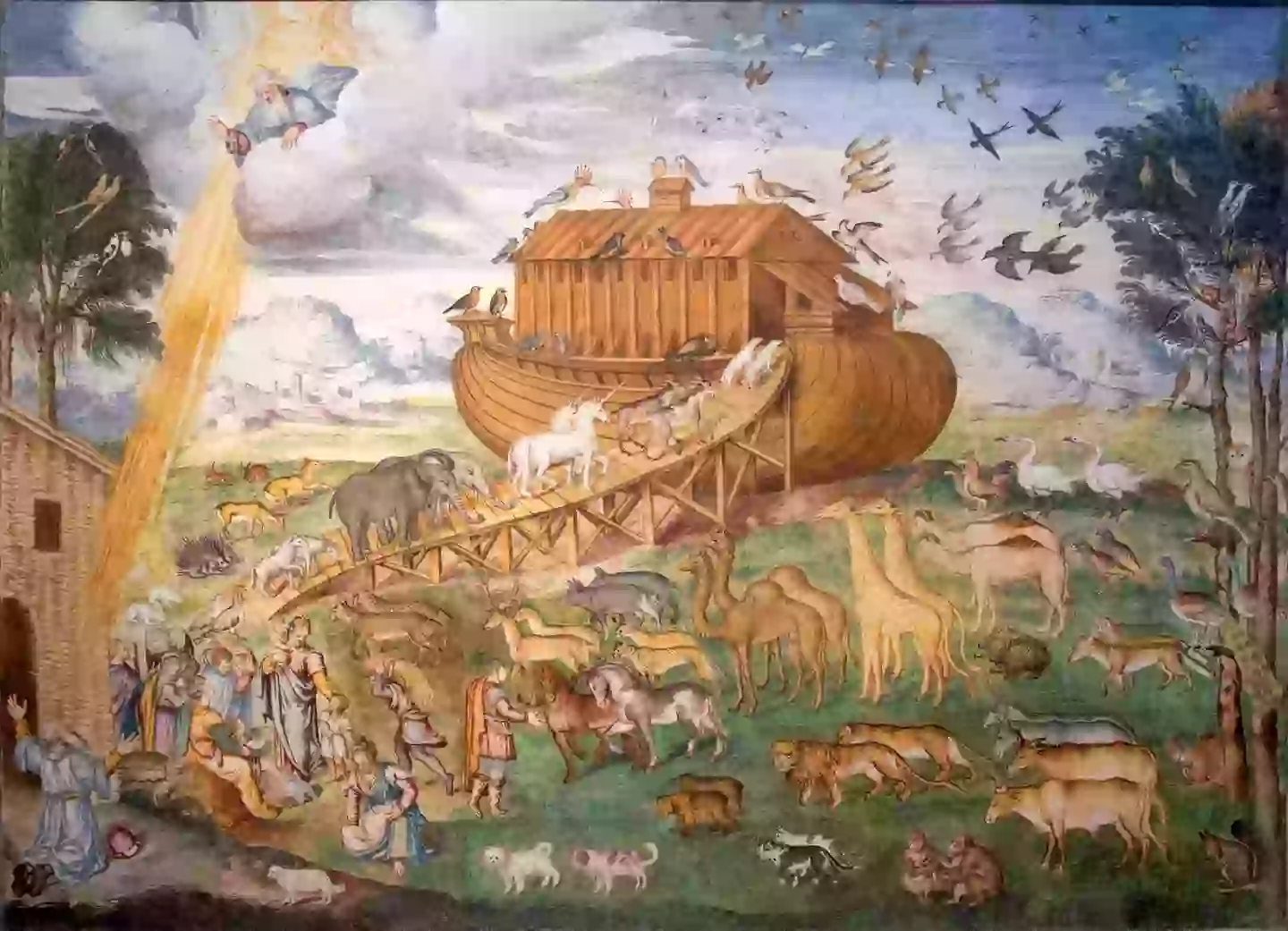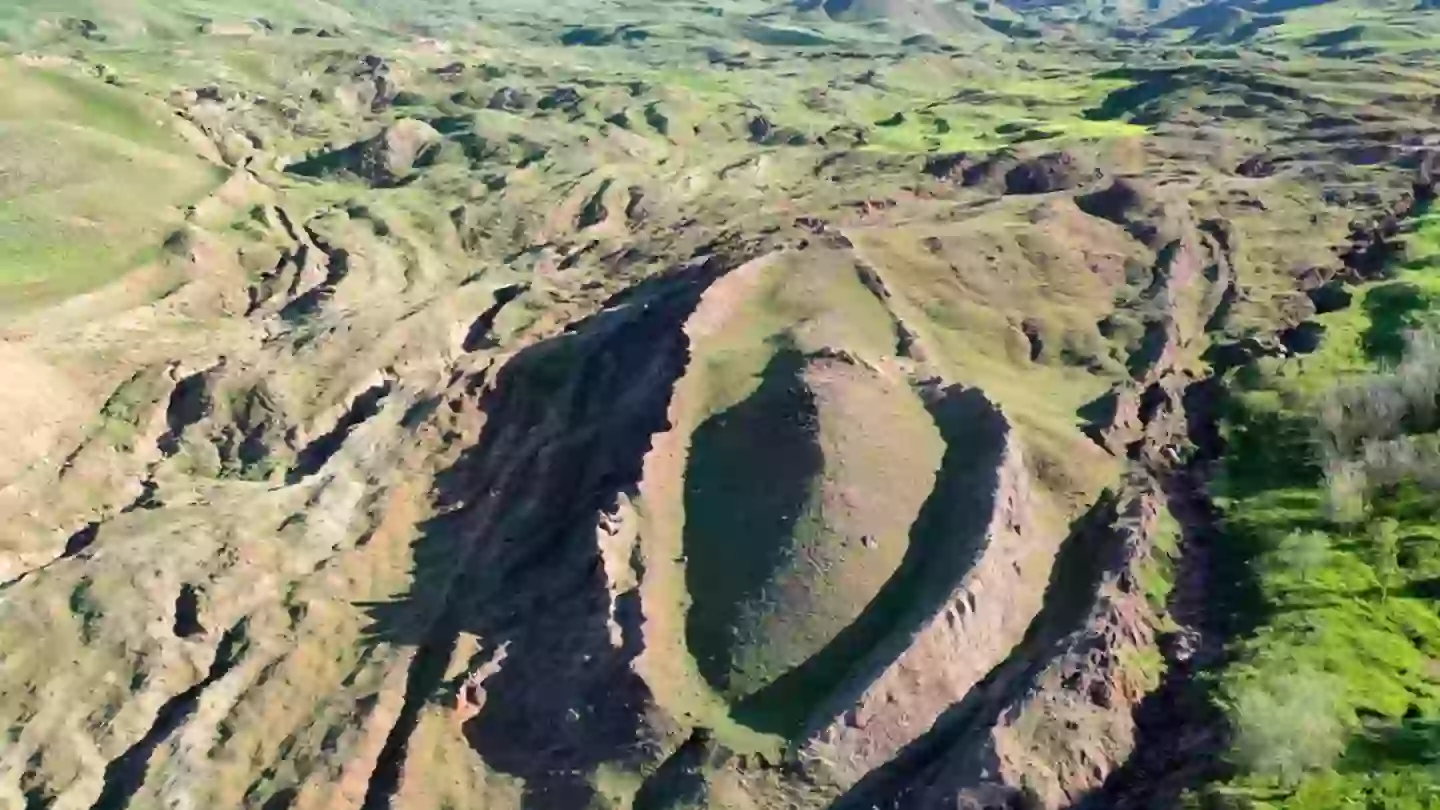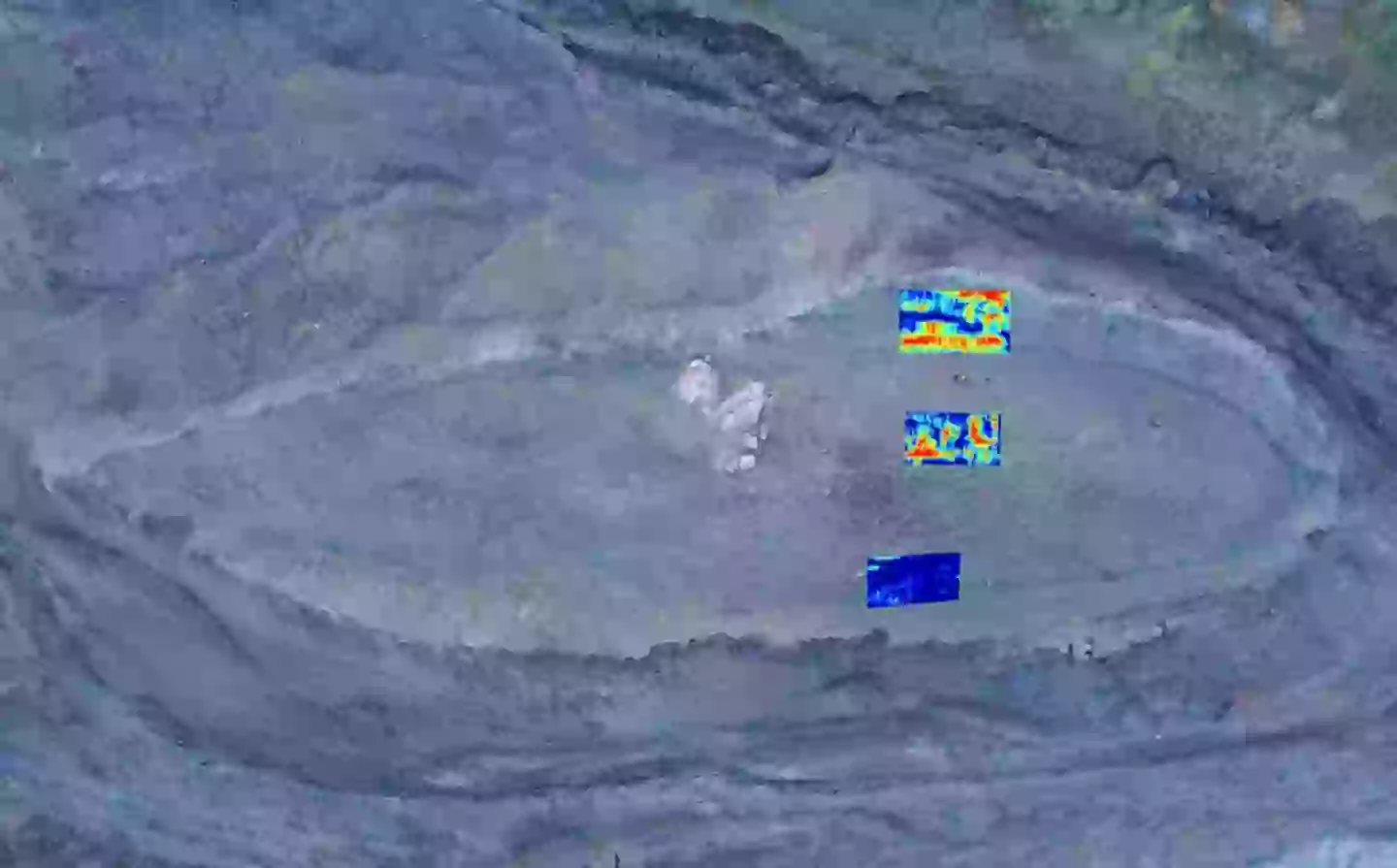.png)
Archaeologists who are convinced they've found the final resting place of Noah's Ark have revealed their plans to dig up the site.
Researchers in Turkey recently made the groundbreaking discovery which they feel proves the existence of the biblical ship, which is said in the Bible to have transported two animals of every species after God flooded the Earth.
While scientists have been trying to prove that the Durupinar formation - a 538-foot geological structure in eastern Turkey - is proof of the Ark's reality for some time now, their most recent 5000-year-old discovery might just be the final push they need to take more serious action.
Advert
Rock and soil samples from the site were found to contain traces of clay-like materials, marine deposits, and seafood remnants, including molluscs (perhaps just two of them).

On the back of that, the archaeologists are now ready to make the next step by digging up the site, and they have now revealed their plan to hopefully uncover what would undoubtedly be one of the most significant discoveries in history.
A 538ft geological structure made of limonite seen in the mountain seems to closely match the Ark's dimensions as described in the Bible, but the scientists want to be extremely careful before making any drastic decisions.
When speaking to The Sun, top researcher Andrew Jones said: "The location lies in an active earth flow with harsh winters, so protecting the area is our top priority.
Advert
"Over the next few years, our Turkish university partners will conduct non-destructive tests like soil sampling, radar scans, and other methods to determine if the structures we’ve detected are truly man-made or simply natural formations.

"Only after we gather enough evidence and have a proper preservation plan in place will we consider excavating."
Work at the 'boat site' itself haven't yet begun, as the scientists still have a huge amount of work to do, including geophysical surveys, core drilling, and careful planning, before they can get started on the digging.
The results that were gathered from the samples also had several other indicators which could point towards the existence of an ancient ark below the mountain's surface.
Advert

There was a lower pH, a higher organic matter and also increased potassium levels inside the 'ark structure' compared to outside, all of which are 'consistent with rotting wood' according to the researchers.
Ground penetrating radar scans which were initially performed in 2019 also pointed towards rectangular shapes below the surface, so archaeologists seem to have more than enough proof to suggest that there is certainly something down there worth investigating.
Once they start digging, perhaps we could finally put this great unsolved mystery to rest.
Topics: Archaeology, Science
